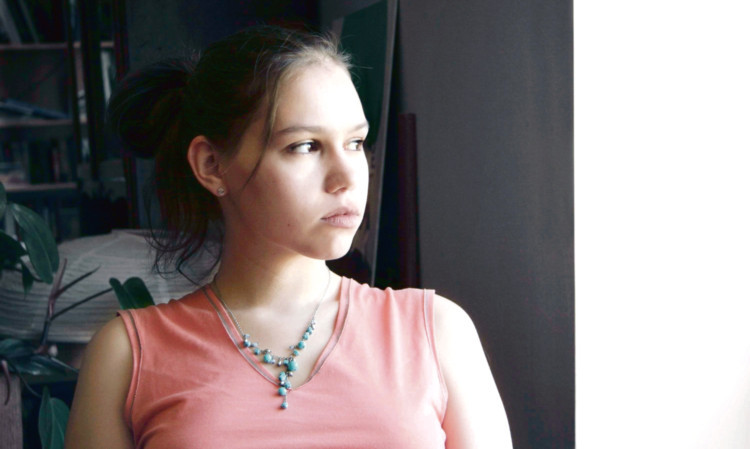
Row over children with mental health issues.
Vulnerable children are being placed in adult psychiatric wards alongside some of the country’s most disturbed men and women. And a Sunday Post probe has revealed the youngsters are at the mercy of a postcode lottery that determines whether or not they are treated in specialist facilities or simply admitted to unsuitable wards for grown-ups.
Our investigators found that under-16s needing mental health care in the north-west of England are 10 times as likely to be placed beside adults as those in the north-east. That’s despite a clause in the Mental Health Act put in place in 2007 following a series of scandals in which youngsters were verbally and physically abused which outlaws putting kids in adult psychiatric wards in all but exceptional circumstances.
Last night campaigners reacted with horror to the revelations. And one stormed: “Adult psychiatric wards are not appropriate places for under-18s to be.”
Official figures seen by The Sunday Post reveal that, in 2011-2012, youngsters aged 15 and under spent 3,494 days in grown-up wards. Those aged 16 and 17 were in adult facilities for 24,112 days.
Chris Leaman, policy manager at mental health charity YoungMinds, claimed the practice has a devastating effect on young people.
He said: “If a child is suffering from such a severe mental health issue that they need inpatient treatment, the most important thing is to ensure that child is safe and secure, and receives treatment as quickly as possible. However, being on adult wards is often even more damaging to a young person’s health because it increases their distress.
“Far too many vulnerable children are being treated in settings that are just not appropriate for them.”
Our investigation also found that whether or not a child with mental health issues is treated in a specialist facility or placed beside grown-ups depends where they are in the country. Nearly a third of the entire total of under-16s admitted to adult wards in England were in the north-west where youngsters spent 1,069 days with older patients. In the north-east meanwhile under-16s spent just 84 days in facilities for adults.
Yorkshire and Humber reported no cases where under-16s were put on adult wards.
Marjorie Wallace, chief executive of the mental health charity SANE, claimed the shortage of proper facilities must be addressed immediately.
She said: “There is an acute shortage of psychiatric beds available across England, including specialist beds for children and adolescents. This can lead to children being admitted to adult wards which are often overcrowded, understaffed and unsuitable.
“Treatment in these conditions can be so threatening and unpleasant that we fear children and families will be deterred from seeking the early help that can be vital in preventing long-term illness.”
A Department of Health spokesperson said: “We want all children and young people to have good, safe mental health care and are determined to reach a point where physical health is treated equally to mental health on the NHS.
“This is why we are investing £54 million into improving access to mental health treatments for children and young people. We expect local Clinical Commissioning Groups to make sure there are enough beds available to meet patients’ needs.”
NHS England, said: “In exceptional circumstances, and where it is considered appropriate, an adolescent may be temporarily placed on an adult unit if an emergency place of safety is required whilst they are waiting for a bed.”

Enjoy the convenience of having The Sunday Post delivered as a digital ePaper straight to your smartphone, tablet or computer.
Subscribe for only £5.49 a month and enjoy all the benefits of the printed paper as a digital replica.
Subscribe